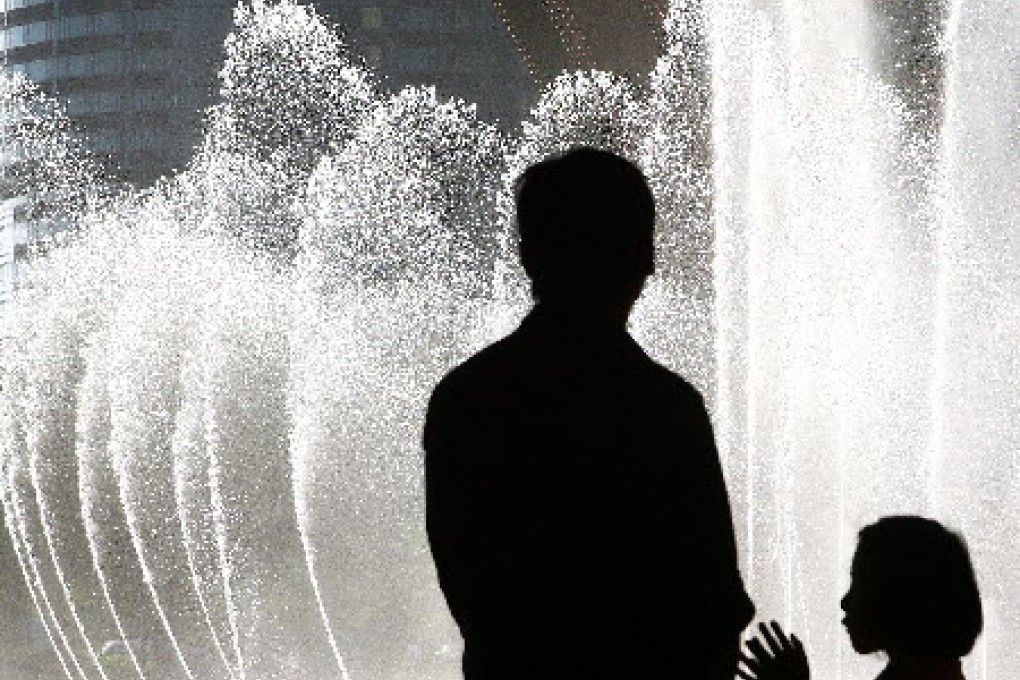Hong Kong's water resources going down the drain
Su Liu says the government must raise conservation awareness and take measures to minimise waste of the city's precious water resources

The Environment Bureau recently released Hong Kong's blueprint for sustainable use of resources for the 10 years to 2022, to deal with one of the city's burning issues - waste reduction - to recover valued resources after use and become a more sustainable society.
However, the blueprint does not include the most critical and recyclable resource of all - our limited water resources.
According to a Water Supplies Department survey on domestic water consumption, an average Hong Kong person showers more than once a day, and uses 55.2 litres of fresh water. The department has also estimated that approximately 90 litres of seawater is flushed away per person each day. Added together, every day 145.2 litres is used by the typical Hong Kong person to just shower and flush the toilet, roughly the same amount that a Chinese urban dweller uses for all purposes of their daily life.
For a city that relies almost entirely on external water resources to fulfil its needs, such per-capita figures seem exorbitant. Some efforts have gone into raising public awareness on water conservation. While fresh water use has declined a little, water use for toilet flushing continues to rise. Clearly, current efforts are not enough.
Last year, the department supplied 270 million cubic metres of seawater, mainly for toilet flushing. The amount of seawater could almost fill up the entire High Island reservoir. Additionally, 76 million cubic metres of fresh water are provided to those who could not access seawater for flushing, enough to fill up the Pok Fu Lam reservoir some 300 times.
It seems perplexing that such volumes are expended, but it is even more disturbing that we do not actually know how much is being spent to supply seawater for toilet flushing. Official government expenditures offer no clue on the cost of seawater supply and treatment. All costs involved in drawing, filtering, distribution and mostly treating flushed water are "invisible" because they have been covered by the government. These services cannot be free of charge, even if we do not have to buy seawater from mainland supplies as we do drinking water.
